Red Riding Hood: Toothless
Red Riding Hood is an overblown, superficial film that has very little to say and no real bite at all.
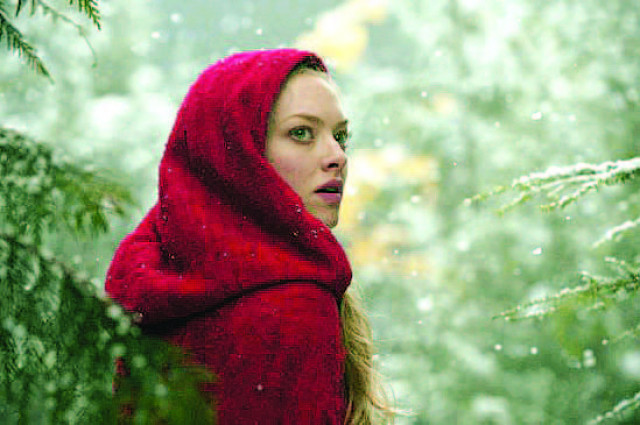
Red Riding Hood: Toothless
Amanda Seyfried plays Valerie, the titular naughty young girl in the red hood. She has been besotted with Peter the woodcutter since they were both young children, but her mother wants better for her, and has betrothed her to Henry the blacksmith. Surrounding all this personal drama is the impending attack of the werewolf the entire village lives in fear of. Valerie’s sister is killed by the wolf and the village’s priest sends for a ‘werewolf expert’ played in true campy fashion by Gary Oldman, with a ludicrous accent and shiny, kitschy silver nails. Father Solomon informs the village that the werewolf spends most of its time in human form and so begins a time of paranoia for the villagers, as they begin to understand that any one of them could be the ferocious killer and Father Solomon begins his witch hunt.
Red Riding Hood often feels like a stodgy, lazy attempt at fusing the ideas behind Angela Carter’s story In the Company of Wolves and Arthur Miller’s play The Crucible, but without the subtleties and intelligence of either. So much of Red Riding Hood is clichéd — Peter is a woodcutter, he works in nature so he is earthy, sensual and direct; Henry is a blacksmith, he works with metal so he is tempered, controlled and practical. Even the fact that Peter was also the name of the little boy who outsmarted the wolf in the ancient Russian children’s story seems forced. Father Solomon is the way he is because his wife was a werewolf; the village idiot is of course the first to die in the witch hunt; and none of the red herrings are set up convincingly enough. Julie Christie hams it up to play the grandmother, and there is a decent set up of her as the creepy, lonely older woman. Hardwicke attempts to spread the feeling of paranoia to the audience with plenty of wonky first person perspective shots but once again the attempt is a little hokey.
The story arc is nothing extraordinary, but the script is definitely worth mentioning because it is absolute tripe. The dialogue is stilted and hackneyed, often causing unintentional laughs. “I’m wrong for you,” says Peter, but Valerie declares that she does not care. “I could eat you up,” he says. Could it be more obviously self-referential and less subtle? Played by better actors, these lines just may have worked in context of the fairy tale, but Shiloh Fernandez is no better than any broody, moody teenager in a student production of absurd Twi-hard fanfic.
Red Riding Hood takes place in a tiny hamlet in the middle of nowhere — perhaps it’s in Germany, perhaps in Ukraine or Russia; somewhere completely covered in snow that can provide for basic visual contrasts. Sadly, the constant wintry twilight lighting simply makes it more obvious that this is a set, and one that isn’t particularly inspired. While a generic sense of the gothic does exist in the visual narrative of the film, it is an extremely artificial Hollywood version. This is a medieval village after all — they really wouldn’t have had so many glamorous fat white candles around, not even at a wake. There is one visceral gothic touch that stands out amongst the lot: Valerie helps drown the body of a dead man by filling his chest cavity with river stones. She then sews him back up. The scene is strange, dreamlike and much more intriguing than the rest of the film which remains superficial. Most embarrassing of all is the figure of the big bad himself — the werewolf that haunts the village is shocking when he first bounds onto the screen, simply because the animal is so badly created, especially considering modern developments in computer-generated imagery.
The ‘good girl’ paradigm is set up to be smashed right at the very start of the film. Good girls don’t hunt rabbits, we are told; good girls don’t stray off the path and they definitely don’t run off with boys. But Valerie does all of these things, even as a very young child and so a very early effort is made to make the audience understand that this is to be no ordinary damsel in distress. And she isn’t that character - why, then, does the film fail so badly? Perhaps it is because Hardwicke has taken a tale that had real teeth and changed those teeth into comical, plastic fangs. The result is an overblown, superficial film that has very little to say and no real bite at all.
Published in The Express Tribune, Sunday Magazine, April 3rd, 2011.


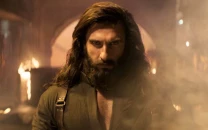

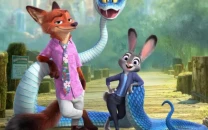
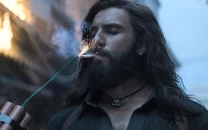
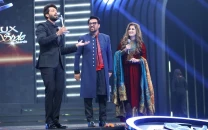












COMMENTS
Comments are moderated and generally will be posted if they are on-topic and not abusive.
For more information, please see our Comments FAQ